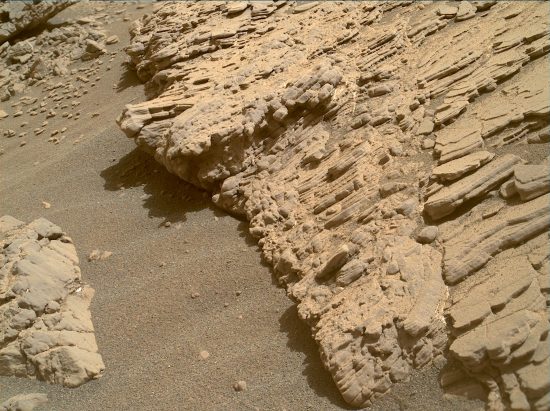
Jul 15, 2019
Mars is dry and barren.
“It’s not going to do any good to land on Mars if we’re stupid.”
— Ray Bradbury
The surface of Mars is mostly iron and silicon, with quantities of oxygen bound into the regolith. Its atmosphere is 95% carbon dioxide, with a scant 2% nitrogen. Mars is similar to Earth in some respects, although its crust is low in aluminum, which is common on Earth.
A principle tenet of Electric Universe theory is that powerful electric arcs once gouged its surface. Those plasma discharges cut sinuous rilles, flat-floored craters, intersecting gullies with no debris inside them, giant mesas with Lichtenberg “whiskers” and steep-sided ravines wending through landscapes dotted with circular uplifts. Formations are sharp, angular and fresh looking, as if they were sculpted quickly and with tremendous force.
Electric Universe theorist Wal Thornhill wrote that the northern hemisphere, especially near the pole, was the scene of a cosmic plasma storm that sputtered megatons of material out of the crust, and then redistributed the dust all over the rest of the planet, as well as accelerating it into space. That event (and others) catastrophically resurfaced the planet. Since those catastrophes were so all-consuming, it can be predicted that no life will be found on Mars.
The Mars Science Laboratory, otherwise known as Curiosity, is currently climbing the slopes of Mount Sharp in Gale Crater. Extensive layering is seen in the landscape. This, of course, prompts the mission team members to speculate about water-borne sediments, using conventional ideas about how planets evolve. For example, according to a recent press release, Professor of Geosciences and director of the NASA Pennsylvania Space Grant Consortium, Christopher House, believes some of the images show potential for ancient life:
“Gale Crater appears to have been a lake environment. The water would have persisted for a million years or more…But the whole system, including the groundwater that ran through it, lasted much longer, perhaps even a billion or more years. There are fractures filled with sulfate, which indicates that water ran through these rocks much later, after the planet was no longer forming lakes.”
Layering on Mt. Sharp, as well as in other places like Schiaparelli Basin, or Utopia Planitia, is most likely due to ionic wind deposition and not to rainfall, flooding, or melting ice. Each of the inner planets took part in several catastrophic events in the not-so-distant past. Since that idea is not given credence, Mars is often described as “mysterious” or “puzzling”. The reason for the confusion is one of reverse application: Earth should not be used as a de facto model for other places in the Solar System. Instead, evidence for the electrical evolution of the Solar System should be applied to observations.
Consensus theories suggest that Mars must have gone through a stage when there were oceanic quantities of liquid water on the surface. Modern science cherishes a long-hoped-for desire that Mars could be the cradle of different life forms that arose and evolved in a separate ecology. Indeed, that is Curiosity’s primary mission, the search for life.
The striated and layered rock in the above image is sharp-edged and broken into angular polygons. The fissures running through the area are filled with pebbles and fine dust. Close up images of the layered chunks reveal some of them to be razor-thin.
Formations on Mars are thought to be extremely old, so they result from activity that occurs on Earth in the present. Electricity is never part of the equation, so NASA scientists overlook evidence that could resolve the puzzles of planetary scarring and the origin of Martian surface features.
Stephen Smith












